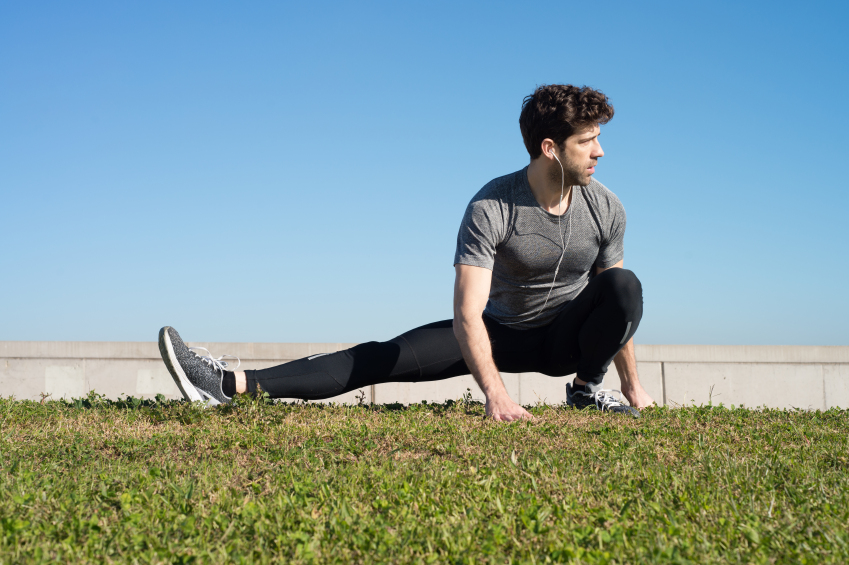Not every expert agrees on how best to stretch before a workout or athletic competition. But this part is universal: You should do some form of warm-up before jumping in to action.
“The warm-up is critical,” said Dr. Tyler Browning of St. Elizabeth Healthcare Sports Medicine. “It’s especially important when people are just starting working out. You definitely want to warm up, to be loose, to stretch.”
Many think of stretching in traditional terms: Folding one leg in while extending the other and reaching to touch the toes of the extended foot, for example, and stretching and holding for a certain interval. That is known as static stretching.
In more recent years, though, research has suggested that reliance on static stretching may actually be an impediment to peak performance. A painstaking meta-analysis published in the Scandinavian Journal of Medicine and Science in Sports found static stretching reduced strength in the stretched muscles by more than 5 percent.
At the same time, dynamic stretching ““ active movements that extend muscles without holding in the stretched position ““ has grown in popularity. Dynamic stretches also target more specific movements for the activity to come.
Dr. Browning counts himself in the dynamic-stretching camp. “Some people wonder, why would you do something before you stretch? Isn’t that the purpose of stretching?” he said. “But movement before stretching helps stimulate blood flow, and that warms up the muscles. Dynamic stretching, if done properly, gets you ready to go.”
Good dynamic stretches you might work into your preparation routine include:
- Arm circles: Try circles about a foot in diameter, moving slowly, for 10 seconds, then go in the opposite direction.
- Walking: Pump your arms as you stride to get more muscle groups warmed up.
- Knee lifts: While walking, raise your left knee to right elbow, then right knee to left elbow.
- Jumping jacks: Remember to keep your knees bent.
Make sure to warm up for at least five to 10 minutes. If you’re concerned that cuts into precious workout time, consider how much workout time you could lose to an injury.
“If you’re one of the people who wakes up at 4 a.m., tumbles out of bed and works out, at some point you’re going to pull something,” Dr. Browning said. “You need to take the time to warm up.”
And try to leave time for a cool down as well. Here’s where static stretching is beneficial, relaxing muscles and aiding in recovery. Remember to stretch gradually and hold positions, and never bounce.

